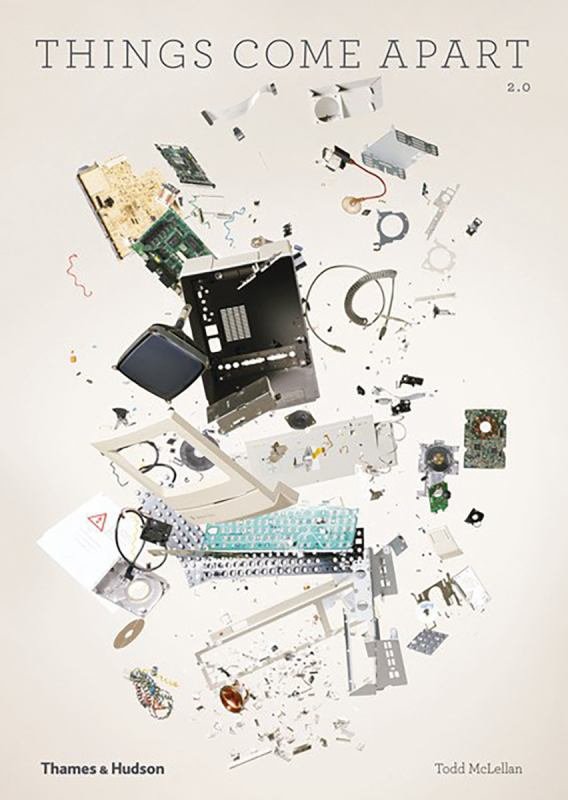EXPANDING HORIZONS for the Curious
Books are wonderful. They are sources of information, knowledge, and witness. They are worlds to get lost and found in, with stories that entertain, inspire, or provoke. Books are ideas; and, for children, building curiosity and encouraging the ability to question should never be underestimated. Here are a handful of books on our shelves for the curious child in your life.
My Little Book of Big Questions is a great place to begin. I think this might be my favourite Britta Teckentrup book (and she is the author and illustrator of many delightful children’s books). The illustrations are variously thoughtful, joyful and enigmatic.
As are the questions, that range from the whimsical to tentative to philosophical and provocative. Here there are only questions, some where the only answer may be who knows? or only time will tell, while others open doors to conversations and contemplation.
Here’s a small selection:
Will I be able to fly someday?
Who will be my friend?
Why I am afraid of what I don’t know?
Am I special?
Why is nature so colourful?
Are dreams as true as reality?
From The School of Life crew comes this excellent introduction to philosophy. Big Ideas for Curious Minds features leading figures in the history of philosophy, engages young minds with the concept of thinking, its relevance to everyday life, and why asking questions will always be important.
It’s informative, well-written, relevant to modern life and young people’s concerns and interactions.
So if you would like to know what Hypatia was thinking in 400AD, why Kant thought it important ask why, and how Derrida can make you think again, this is the book for you. There are lots of thinking and talking points, and everyone is bound to learn something new about themselves, each other, and the the world and how it ticks.
Who can resist a book written by Speck Lee Tailfeather — a bird? In Architecture According to Pigeons Speck Lee is determined to share his passion for architecture, and show off his knowledge a little, too! Take a trip around the world to some standout buildings and constructions and get a pigeon-eyed view for a new perspective!
Speck Lee Tailfeather will introduce to the Hungry Beaks Hall (Sydney Opera House), The Worm (The Great Wall of China), The Colosseum, Taj Mahal, The Crabshell (Notre Dame de Ronchamp) and many other architectural wonders. Fabulous illustrations with plenty to look at and dotted with facts and curious tidbits from Tailfeather, as well as architectural notes. Enjoy and learn.
Take an anthropologist, take an artist and shake up how humans live in the world. David Graeber and Nika Dubrovsky free-wheel in Cities Made Differently . Melding history and myth, science and imagination, this is a visual interpretation of a dialogue over several decades between the two authors.
With thought-provoking examples of past cities, and ideas about future cities, the conversation not only grapples with the physicaltity of the spaces we live in, but also ideas of who holds power within these structures and how we want to live together. Mind-spinning stuff — a visually imaginative portal!
Things Come Apart 2.0 is a brilliant book for those who need to know how it works! If you love to navigate the world by unpacking it — literally — then this will be an endless source of fascination short of deconstructing every appliance in the house. (It may well inspire some coming apart, so consider a few defunct items to be close at hand!).
This highly visual catalogue will appeal to the deconstructor in your household, as well as the budding designer. The attention to detail of all the components neatly ordered and looking superb right down to the nuts and bolts is almost meditative!
At VOLUME we offer a book subscription service. There are many options, including a Non-Fiction selection for children. Our book subscriptions for children are so enjoyed that we have many repeat yearly subscribers. Find out why with a six-book taster! ( All subscription prices include postage.)









